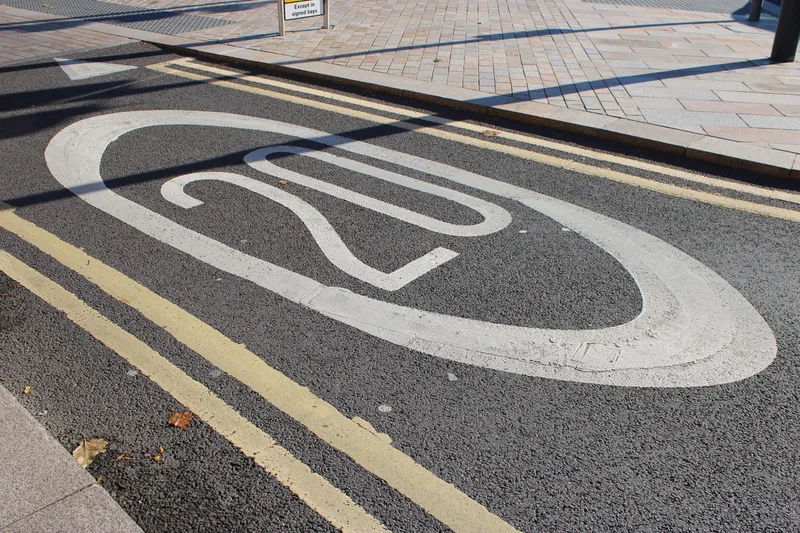Independent road safety charity IAM RoadSmart has responded to Transport Scotland’s release of provisional headline figures for road casualties in Scotland, saying it is good news that the long term downward trends in deaths and serious injuries on Scotland’s roads continue but the figures are still far too high.
The figures for road casualties reported to the police in Scotland in 2015 show that the total number of casualties fell by three per cent between 2014 and 2015 from 11,307 to 10,950, to the lo
June 30, 2016
Read time: 2 mins
Independent road safety charity IAM RoadSmart has responded to 505 Transport Scotland’s release of provisional headline figures for road casualties in Scotland, saying it is good news that the long term downward trends in deaths and serious injuries on Scotland’s roads continue but the figures are still far too high.
The figures for road casualties reported to the police in Scotland in 2015 show that the total number of casualties fell by three per cent between 2014 and 2015 from 11,307 to 10,950, to the lowest number since records began. The number of people seriously injured also decreased by six per cent to 1,597.
The figures also show that in 2015 there were 974 child casualties in reported road accidents, a decrease of six per cent since 2014. This included five fatalities, two fewer than 2014 and 140 children who were seriously injured, down from 172 in 2014.
There were three fewer pedal cyclists killed than in 2014 and 18 fewer pedestrian fatalities. There were also three fewer motorcyclists killed and 22 fewer car user fatalities.
2015 saw a six per cent reduction in car users seriously injured and motor cyclist serious injuries fell by 22 per cent. Pedestrian and other modes of transport also saw decreases in the number of people seriously injured. However, the number of bus and coach users seriously injured increased from 28 to 49 and pedal cyclists seriously injured from 159 to 164 between 2014 and 2015.
Neil Greig, IAM RoadSmart director of policy and research said: “With over three deaths a week it is essential that the Scottish government continues its successful partnership approach to road safety in which IAM RoadSmart plays an important part.
“Joint working and clear targets are clearly having a positive impact. Continued investment in better roads, plus recent suggestions that Scotland might finally introduce speed awareness courses and drug-driving laws mean the country is well placed to make further gains.”
The figures for road casualties reported to the police in Scotland in 2015 show that the total number of casualties fell by three per cent between 2014 and 2015 from 11,307 to 10,950, to the lowest number since records began. The number of people seriously injured also decreased by six per cent to 1,597.
The figures also show that in 2015 there were 974 child casualties in reported road accidents, a decrease of six per cent since 2014. This included five fatalities, two fewer than 2014 and 140 children who were seriously injured, down from 172 in 2014.
There were three fewer pedal cyclists killed than in 2014 and 18 fewer pedestrian fatalities. There were also three fewer motorcyclists killed and 22 fewer car user fatalities.
2015 saw a six per cent reduction in car users seriously injured and motor cyclist serious injuries fell by 22 per cent. Pedestrian and other modes of transport also saw decreases in the number of people seriously injured. However, the number of bus and coach users seriously injured increased from 28 to 49 and pedal cyclists seriously injured from 159 to 164 between 2014 and 2015.
Neil Greig, IAM RoadSmart director of policy and research said: “With over three deaths a week it is essential that the Scottish government continues its successful partnership approach to road safety in which IAM RoadSmart plays an important part.
“Joint working and clear targets are clearly having a positive impact. Continued investment in better roads, plus recent suggestions that Scotland might finally introduce speed awareness courses and drug-driving laws mean the country is well placed to make further gains.”









